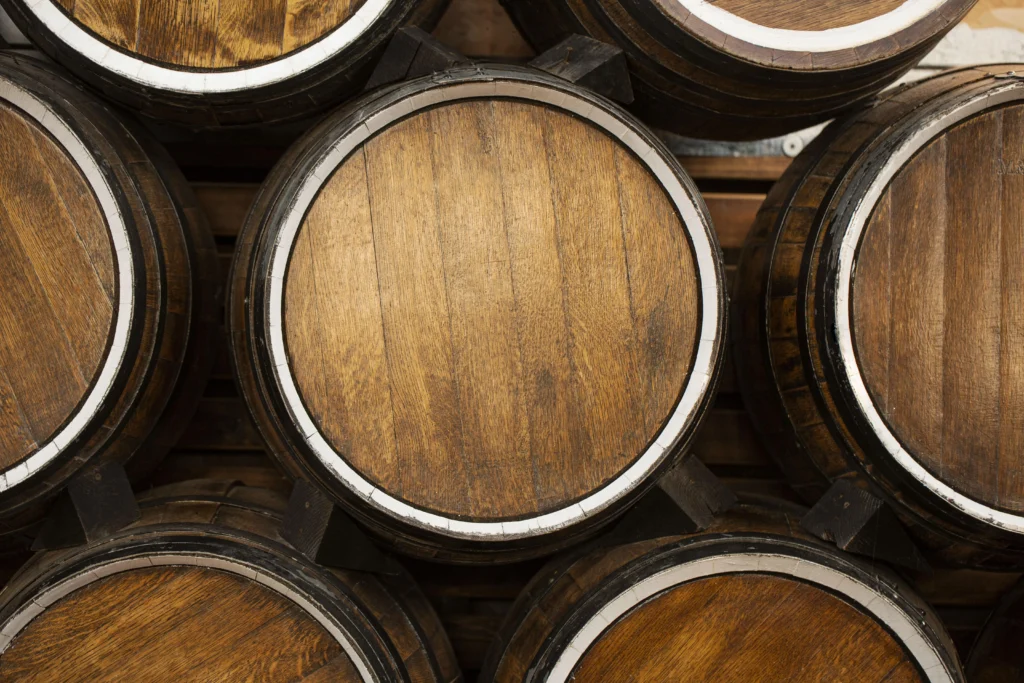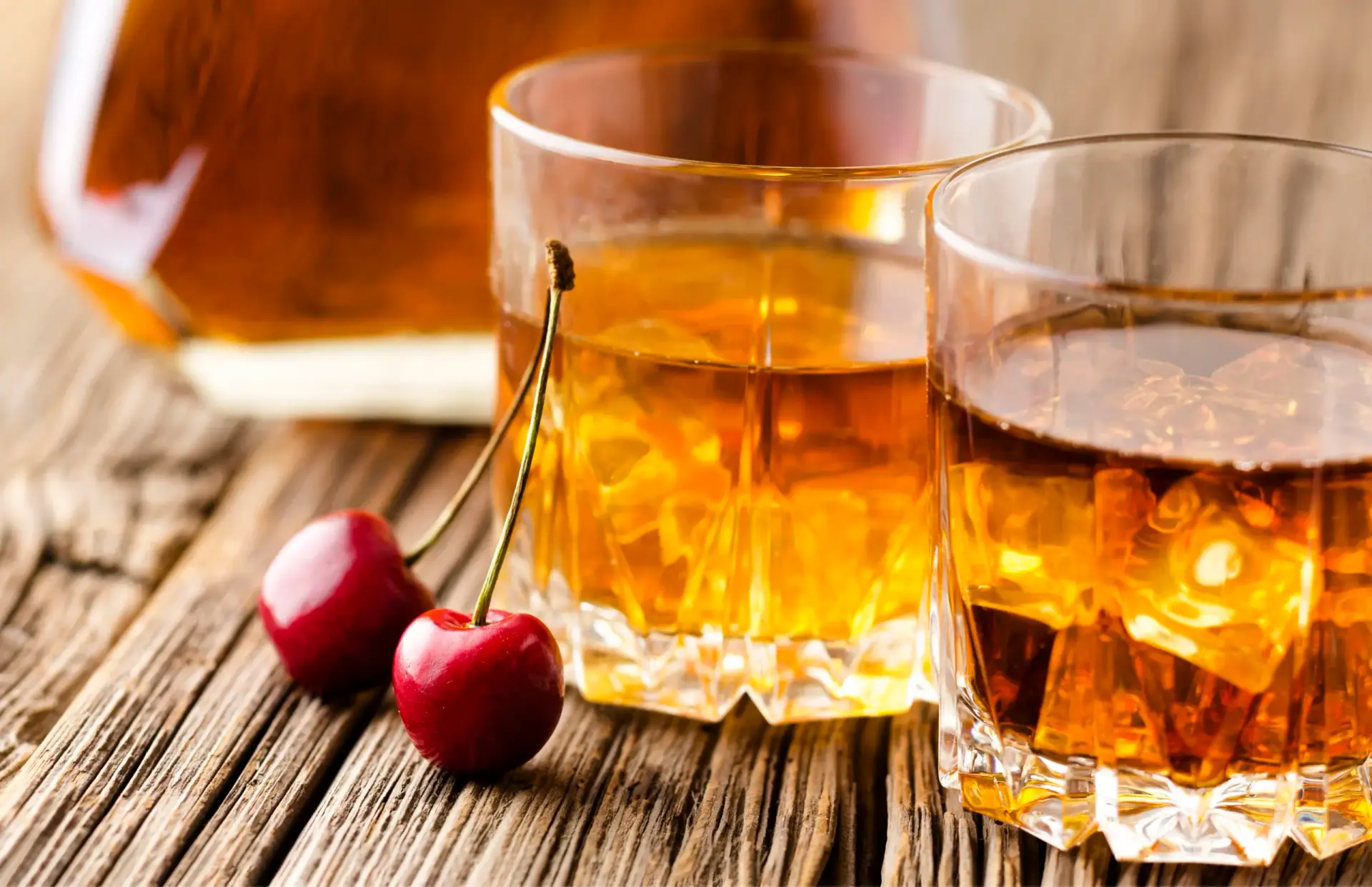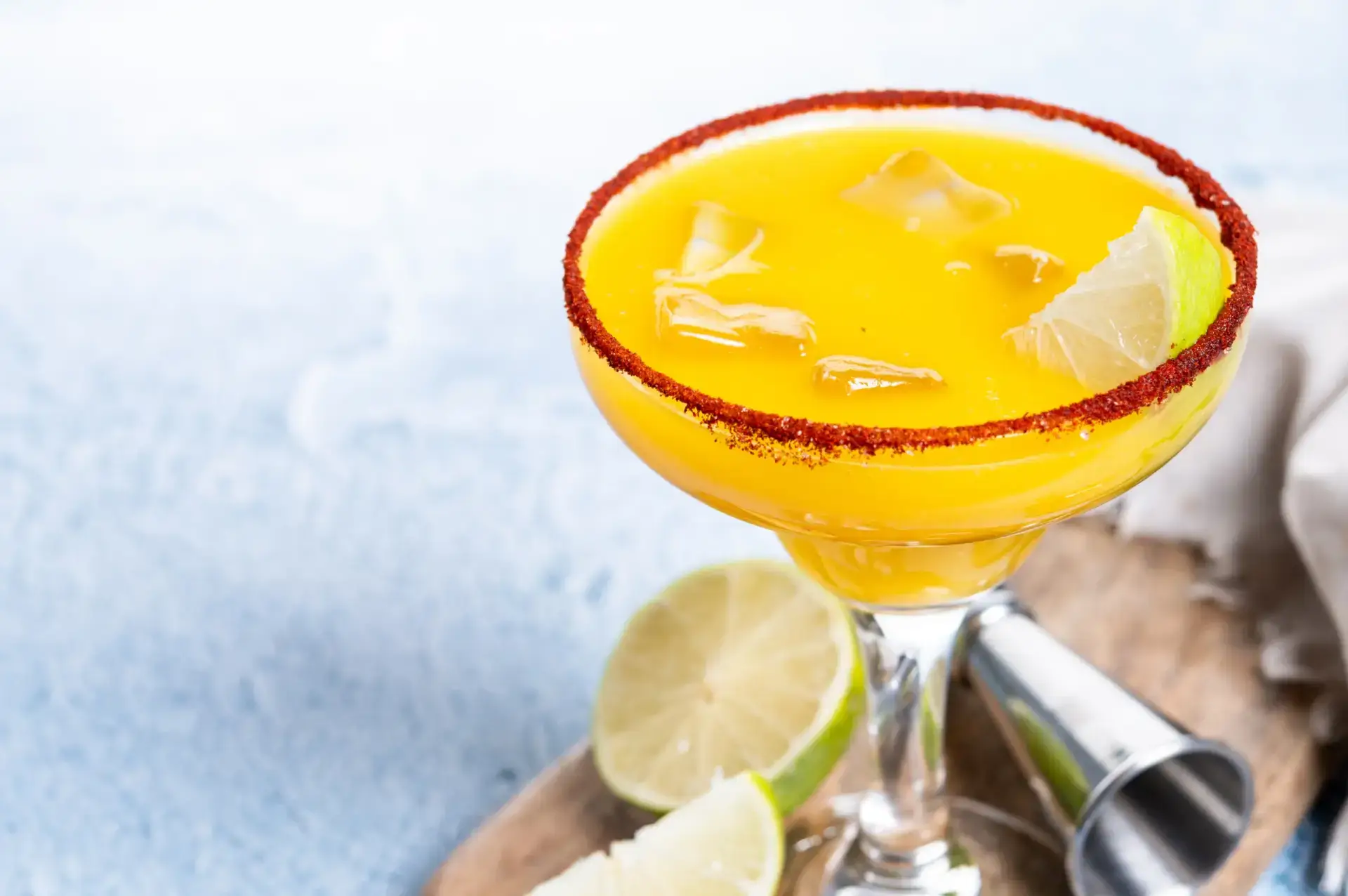What’s the Difference Between Whiskey and Whisky?
Published Date: November 1, 2025
If you’ve ever stood in front of a bar shelf and wondered why some bottles are labeled “whiskey” while others proudly display “whisky,” you’re not alone. This tiny letter “e” has sparked debates among spirit enthusiasts, historians, and bartenders for decades.
While the two spellings might look interchangeable, they actually point to geographic origin, production style, and cultural tradition. Whether you’re sipping a smooth Kentucky bourbon or a smoky Scotch from Islay, knowing the difference between whiskey and whisky can deepen your appreciation for every pour.
Let’s break down the nuances, from how they’re made to where they come from — and why that one little vowel matters.
Where the Spelling Comes From
The easiest way to remember it is simple:
-
“Whiskey” — with an e — is used in Ireland and the United States.
-
“Whisky” — without an e — is used in Scotland, Canada, and Japan.
This spelling distinction dates back to the late 19th century when Irish distillers wanted to differentiate their smoother, triple-distilled spirits from the heavier Scotch whiskies flooding the market. Over time, American distillers adopted the Irish spelling as a nod to the many Irish immigrants who helped shape U.S. whiskey culture.
For a deeper dive into the origins, check out this detailed guide from Whisky Advocate.
How Whiskey and Whisky Are Made
Though both come from fermented grain mash, the production techniques vary depending on the region — and that’s what gives each spirit its unique character.
1. Ingredients and Grain Choices
-
Irish Whiskey is typically made from malted and unmalted barley, resulting in a lighter, smoother profile.
-
Scotch Whisky is often made from 100% malted barley and aged in oak barrels for at least three years.
-
American Whiskey, including bourbon, must contain at least 51% corn, giving it a sweeter and fuller flavor.
You can explore more about grain types and how they affect taste at Master of Malt.
2. Distillation Process
Irish and American whiskeys often go through triple distillation, which refines and softens the spirit. Scotch whiskies are usually double distilled, preserving more robust, smoky flavors — especially in peated varieties from regions like Islay.
3. Aging & Maturation
Both whiskey and whisky gain their depth and color from time spent in oak casks. However, U.S. law requires bourbon to age in new, charred oak barrels, while Scotch and Irish whiskies can use refilled casks (often previously used for sherry or wine), adding layers of complexity.
For aging requirements and barrel types, see The Scotch Whisky Association.
Flavor Profiles: Sweet vs. Smoky
If you’re comparing a bourbon to a Scotch, you’ll immediately notice their opposing personalities:
-
Bourbon (U.S.) – Rich, sweet, and full-bodied with notes of vanilla, caramel, and spice.
-
Irish Whiskey – Smooth, light, and approachable, often with hints of honey and fruit.
-
Scotch Whisky – Smoky, earthy, and complex, with flavor influenced by the region and peat levels.
Feeling bold or mysterious? Discover which drink best matches your mood in How to Choose the Perfect Drink for Your Mood.
Global Icons of Whiskey & Whisky
Each region has its legends — bottles that define the style and heritage of their homeland:
-
Scotland: The Macallan, Lagavulin, Glenfiddich
-
Ireland: Jameson, Redbreast, Teeling
-
USA: Maker’s Mark, Woodford Reserve, Buffalo Trace
-
Japan: Yamazaki, Nikka, Hibiki
Japanese whisky (yes, whisky) borrows heavily from Scottish tradition but brings unmatched precision and balance — a reason it’s been dominating global awards in recent years.
For current award winners and brand comparisons, check out The Spirits Business.
How to Enjoy Whiskey (or Whisky) Like a Pro
Whether you spell it with an e or without, the best way to enjoy it is your way — neat, on the rocks, or in a classic cocktail.
Here are a few timeless pairings and serving tips:
-
Neat: Appreciate the aroma and complexity of top-shelf single malts.
-
On the Rocks: Let the ice open up bourbon’s caramel sweetness.
-
Cocktails: Try a Whiskey Sour, Old Fashioned, or Rob Roy depending on your spirit of choice.
If you want to experiment at home, explore expert cocktail recipes from Liquor.com.
The Final Word: It’s All in the Spirit
At the end of the day, whiskey and whisky share the same soul — a celebration of craftsmanship, patience, and tradition. The difference lies in the culture, the craftsmanship, and the stories poured into every bottle.
So next time you’re choosing between a smoky Islay Scotch or a smooth Kentucky bourbon, you’ll know exactly what that “e” — or lack thereof — really means.








